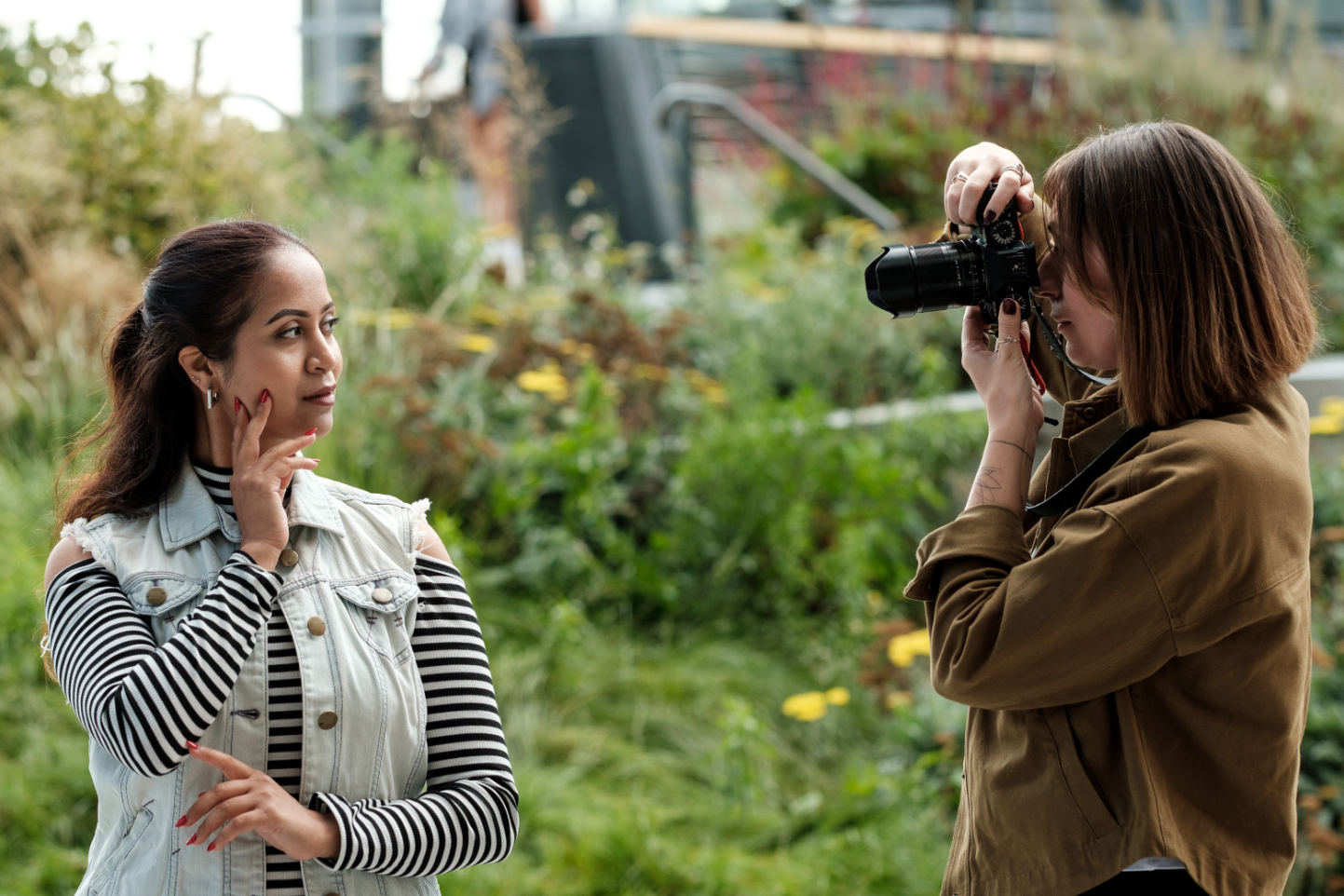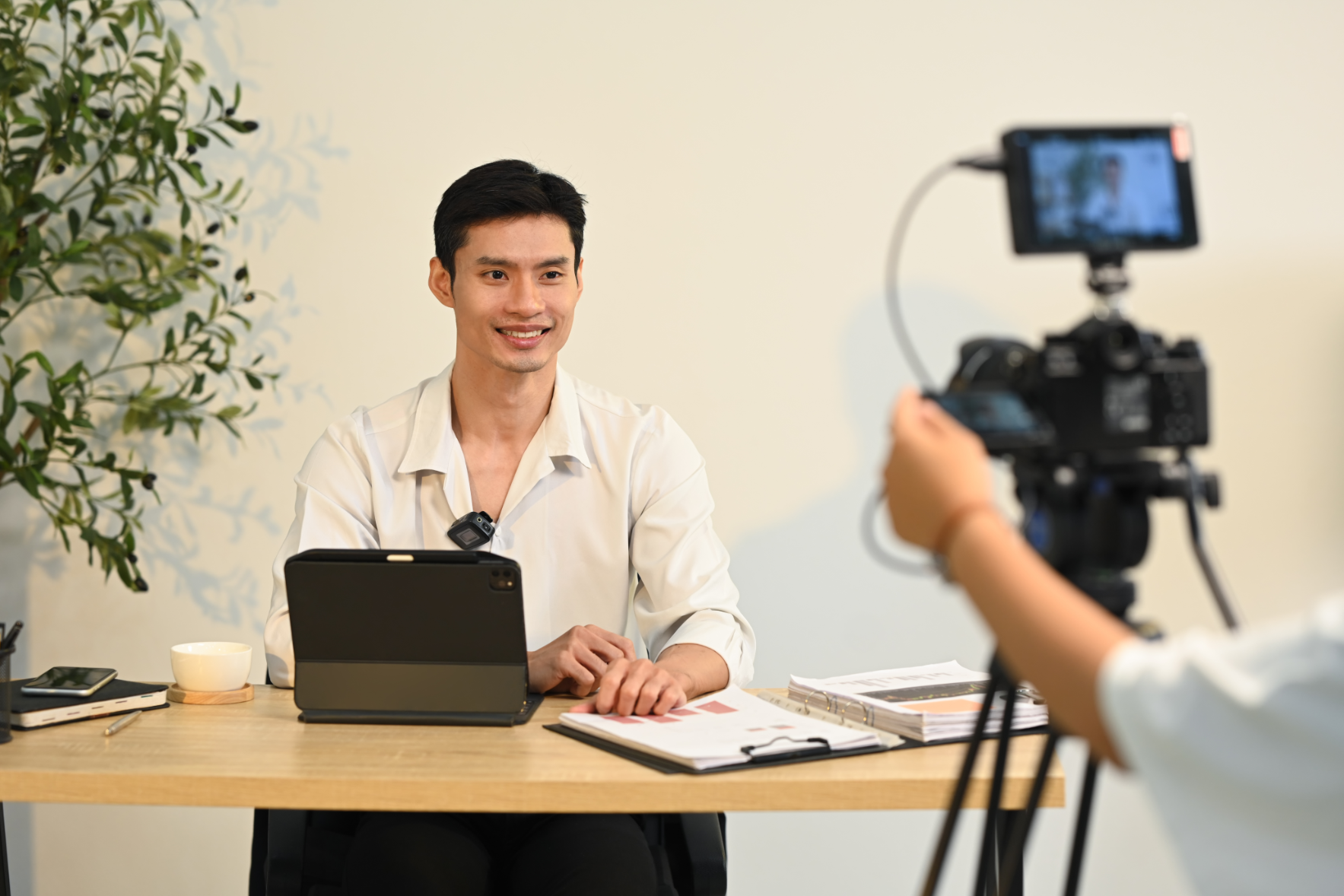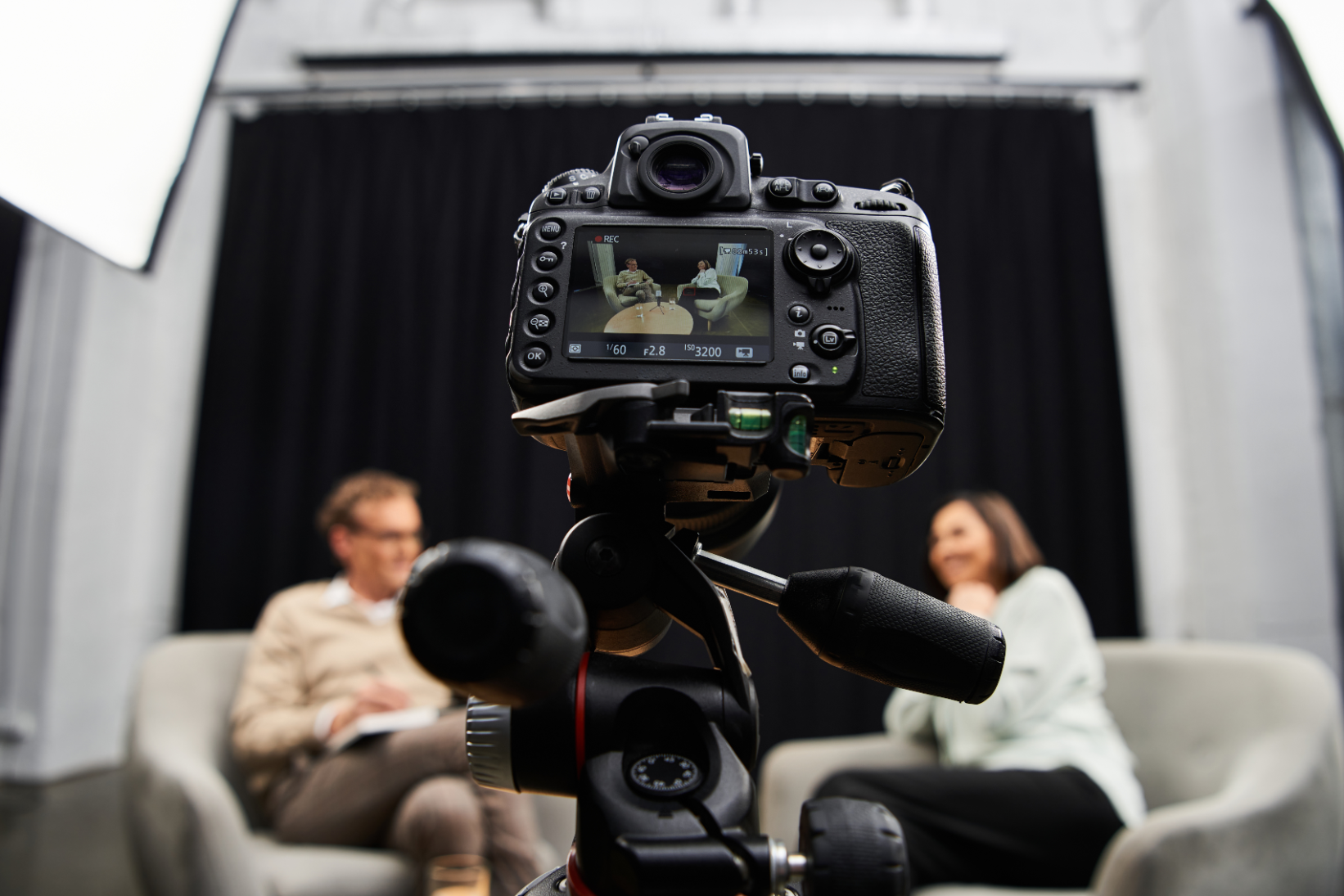Dynamic Light: Mastering Outdoor Film Production

The great outdoors offers an unparalleled canvas for filmmakers, providing dynamic and breathtaking light often hard to replicate indoors. Yet, this very dynamism is both its greatest asset and its most formidable challenge. Unlike a controlled studio, outdoor lighting constantly shifts with the sun, clouds, and time of day. Mastering this ever-changing element means understanding light's behavior, predicting its moods, and harnessing its power to tell your story effectively.
For high-quality outdoor film, an intuitive grasp of natural light is paramount. This post will guide you through working with the sun, modifying its intensity, adapting to unexpected changes, and ultimately, making the environment work for your vision. Let's illuminate the path to mastering outdoor film production.
Understanding Natural Light's Personality
Natural light possesses a distinct personality that dramatically changes throughout the day. The "golden hour," just after sunrise and before sunset, offers soft, warm, and highly directional light, ideal for flattering subjects and creating depth with beautiful long shadows. Conversely, mid-day sun is often harsh and direct, leading to strong contrasts, blown-out highlights, and unflattering shadows under facial features. The "blue hour" provides a cool, ethereal quality for moody scenes, while overcast days offer beautifully diffused light, akin to a giant natural softbox, excellent for even skin tones.
Observing these shifts is crucial. For instance, the transition from harsh midday to soft afternoon light isn't sudden; it's a gradual evolution. Understanding this ebb and flow helps anticipate how light will affect your composition, mood, and even color temperature throughout your shoot. It's about recognizing light's potential and limitations, allowing you to prepare and adapt rather than react.
Practical Tip: Always scout your location at the exact time of day you plan to shoot. Observe how light interacts with elements and where shadows fall. Use a sun tracker app to predict its path and meticulously plan your shot list. This proactive approach allows you to anticipate challenges and fully capitalize on optimal lighting conditions for your narrative, ensuring your scenes are always lit effectively.
Harnessing and Modifying Sunlight
Once you understand natural light's characteristics, the next step is to actively work with it, primarily by optimizing subject positioning. Backlighting can create a stunning halo effect, beautifully separating your subject from the background, especially during the golden hour. When shooting with direct sun, strategically position the light slightly to the side or behind your subject to prevent harsh frontal shadows and uncomfortable squinting, allowing for more natural expressions and flattering results.
To perfect natural light, a suite of modification tools is essential. Reflectors are invaluable for bouncing light back, filling shadows or adding sparkle; choose silver for punchy light, gold for warmth, or white for neutral fill. Diffusers, translucent fabrics placed between the sun and subject, effectively soften harsh direct light, transforming it into a larger, more forgiving source. Scrims and flags, conversely, are used to subtract or block light, controlling spill or creating precise shadows to sculpt your scene with greater intention.
Practical Tip: Invest in a versatile 5-in-1 reflector kit. Practice using each surface—gold, silver, white, black, and the translucent diffuser—to understand their distinct effects. For instance, on a bright sunny day, use the diffuser overhead to soften light on an actor's face, then employ the white reflector to gently bounce fill light back into their eyes from below, achieving a professional, nuanced look.
Anticipating and Adapting to Weather Changes
The weather's unpredictability is arguably the biggest variable in outdoor film production. A perfectly planned sunny scene can swiftly become overcast, or worse, turn into a downpour. This inherent capriciousness demands not just vigilance through consistent weather monitoring but also extreme flexibility and a robust contingency plan. While multiple reliable weather forecasts are crucial, even the most accurate predictions can fail, requiring filmmakers to be prepared for rapid shifts in conditions.
A smart production always prepares for the unexpected. This involves having portable backup lighting, like powerful LED panels or HMIs, ready to supplement or mimic natural light if clouds obscure the sun. Equally important are protective measures for your crew and valuable equipment, such as rain covers and pop-up tents. Critically, this preparation extends to having alternative shot lists or even entire scene modifications ready. Can a planned sun-drenched sequence be reimagined as a moody, overcast scene, or can you pivot to an interior location if the weather turns truly hostile?
Practical Tip: Develop comprehensive "Plan B" and "Plan C" scenarios for all critical outdoor scenes. Plan B could involve deploying artificial lights to compensate for lost sunlight, effectively simulating a strong sun source even on a cloudy day. Plan C might entail completely altering the scene or relocating to a sheltered outdoor area or an interior setting that aligns with the changed weather conditions. Always ensure these contingencies are clearly communicated to your entire team and talent in advance for seamless execution.
Creative Storytelling Through Light
Beyond mere illumination, light is a profoundly powerful narrative tool, capable of evoking emotion, establishing mood, and intuitively guiding your audience's gaze. Consider the dramatic tension created by chiaroscuro in classical art, or the palpable sense of loneliness conveyed by the soft glow of a solitary street lamp. Outdoor filming provides a unique opportunity to leverage existing environmental light sources, transforming them into integral elements that profoundly enhance your storytelling.
Embrace light creatively: utilize silhouettes to emphasize mystery or a character's isolation against a vibrant sunset. Artfully employ lens flares to add a stylistic touch or hint at a memory. Do not shy away from shadows; instead, learn to sculpt them, as they can create depth, conceal elements, or draw precise attention to what is illuminated. Experiment with combining natural light with practicals (on-set lamps, streetlights) or small, battery-powered LED lights to introduce accents or highlights, creating striking contrasts and emotional weight within your frame.
Mastering dynamic light in outdoor film production is an ongoing journey of observation, experimentation, and adaptation. It's about understanding the nuances of the sun, being prepared for the unexpected, and creatively harnessing every available photon to tell your story. Embrace the challenge, learn from every shoot, and watch how your outdoor scenes transform into truly captivating cinematic experiences. The world outside is a vibrant, ever-changing stage, and with the right knowledge and tools, you can direct its most powerful element – light – to serve your vision.
Ready to elevate your film production and bring your outdoor visions to life with stunning clarity and impact? Explore how professional expertise and cutting-edge resources can make a difference. Contact FilmBaker today to discuss your next project and let us help you master the dynamic interplay of light and shadow.


